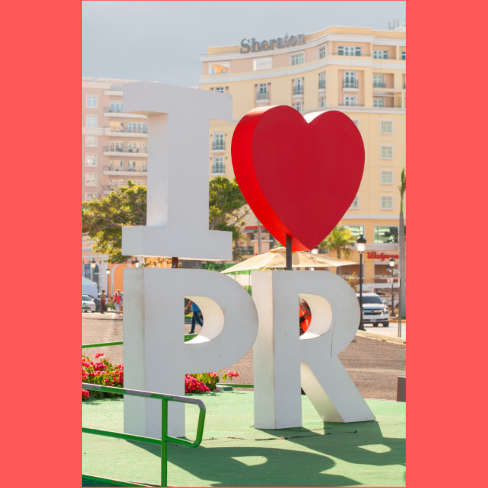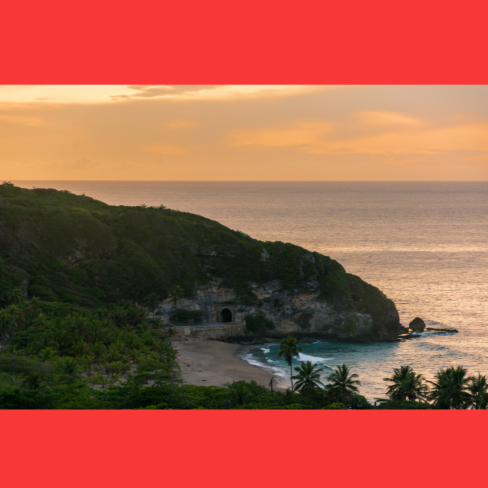
A Symbol Transformed: The Intriguing Historical Journey of Puerto Rico's Flag
Puerto Rico Flag in the Context of American Culture
In annual parades or cultural events wherever there's a gathering of Puerto Ricans, you'll find the resplendent sight of our flag proudly displayed—a visual testament to our shared heritage and identity. Despite being physically distant from their homeland, Puerto Ricans abroad often turn to their cherished flag as a touchstone that connects them to their roots, fostering a profound sense of community and solidarity even in foreign lands.
The sight of the Puerto Rico flag waving at community events, such as street fairs or music festivals, holds deep significance for many Puerto Ricans in America, serving as a reminder of their roots and an expression of national identity beyond geographical boundaries. It's not just a colorful piece of fabric; it's a powerful statement that resonates deeply with those who find connection and pride in their Puerto Rican heritage.
With each iteration, the flag reflected not only the shifting political allegiances but also the fervent desire for autonomy and self-determination among Puerto Ricans. As such, these alterations were not just visual representations; they embodied the hopes, dreams, and struggles of a people in flux.


